Green Algae on Roof: Maintaining a Healthy Roof
Green algae growth on roofs is a common issue that homeowners often encounter. These unsightly green patches can mar the appearance of your roof, but their impact extends beyond aesthetics. Green algae can compromise the integrity of your roofing materials, leading to potential structural damage and costly repairs.
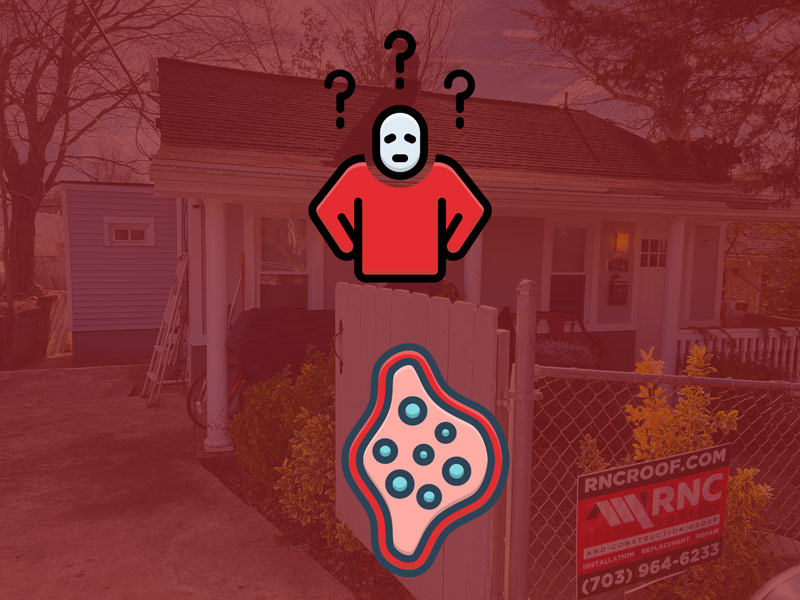
Understanding Green Algae on Roofs
Defining Green Algae and Its Characteristics
Green algae, also known as roof moss or roof mold, refers to a type of microorganism that thrives in moist and shaded environments. It commonly appears as green or dark patches on the surface of roofs. These algae organisms are photosynthetic, meaning they obtain energy from sunlight, and they can reproduce and spread rapidly under favorable conditions.
Reasons for Algae Growth on Roofs
Green algae growth on roofs is primarily triggered by a combination of factors, including moisture, shade, and organic debris accumulation. When roofs are exposed to excessive moisture, such as from rain, humidity, or water runoff, it creates a favorable environment for algae to flourish. Additionally, roofs with inadequate sunlight or areas that are constantly shaded become more susceptible to algae infestation.
Moisture: Algae’s Ally
Moisture acts as a catalyst for algae growth on roofs. It provides the necessary hydration for the organisms to thrive and multiply. Areas with poor drainage, clogged gutters, or insufficient ventilation can retain moisture for longer periods, creating a conducive habitat for algae to develop and spread.
Shade: A Breeding Ground for Algae
Shaded sections of a roof hinder the evaporation of moisture, making them ideal locations for algae to take hold. Trees, overhanging branches, or nearby structures that obstruct sunlight can create persistent shade, allowing algae to flourish. Lack of direct sunlight also prevents natural drying, providing a moist environment for algae growth.
Organic Debris: Algae’s Feeding Source
Organic debris, such as leaves, twigs, or dirt, accumulated on a roof can contribute to algae growth. These materials trap moisture and provide a nutrient-rich environment for algae to feed on. Algae utilize the organic matter as a food source, further accelerating their growth and spread.
Potential Damage Caused by Algae
Green algae on roofs can lead to various aesthetic and structural issues if left untreated. Aesthetically, the presence of algae stains can significantly diminish the curb appeal of a home, making it appear neglected and unkempt. Structurally, algae can deteriorate roofing materials over time, compromising their integrity and reducing their lifespan. This can result in issues such as shingle decay, warping, leaks, and even structural damage to the roof.
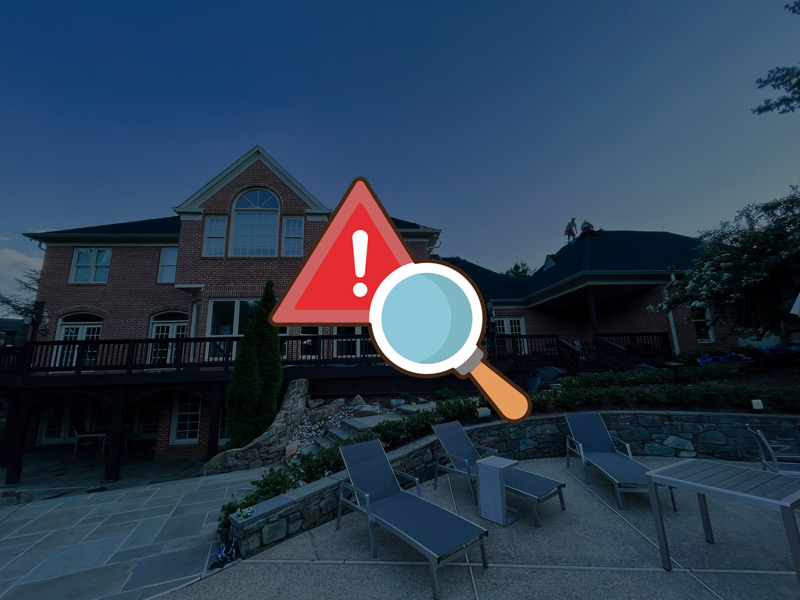
Identifying Green Algae on Your Roof
Visual Appearance of Green Algae
Green algae on roofs typically appears as dark green or black patches or streaks. It often starts as small spots that gradually expand and merge together, forming larger areas of discoloration. The algae may have a slimy or velvety texture, and when observed closely, it may exhibit a fuzzy or moss-like appearance.
Distinguishing Green Algae from Other Roof Stains
Differentiating green algae from other types of roof stains or discoloration is crucial for accurate identification. One common misconception is mistaking green algae for moss or lichen. While they all thrive in similar conditions, they have distinct characteristics.
Green Algae vs. Moss
Green algae appears as dark green or black patches with a slimy texture, while moss typically forms thicker tufts or clumps that have a three-dimensional structure. Unlike algae, moss has roots that anchor it to the roof surface.
Green Algae vs. Lichen
Lichen is another growth commonly mistaken for green algae. Lichen consists of a symbiotic relationship between fungi and algae. It typically appears as a crusty or scaly growth with a combination of colors, including green, gray, or yellow. Unlike green algae, lichen tends to have a more textured and raised appearance.
Signs and Indicators of Algae Growth
Several signs can indicate the presence of green algae on your roof. One of the most noticeable signs is the appearance of dark streaks or patches, often concentrated in shaded areas or on the north-facing side of the roof. These streaks may extend downward from the roof ridge or cluster around chimney stacks or roof vents.
Roof Age and Algae Growth
As roofs age, they become more susceptible to algae growth. If your roof is older and shows signs of discoloration, it is more likely to have algae. However, it’s essential to note that algae growth can occur on roofs of any age, especially in areas with high humidity or frequent rainfall.
Climate and Algae Growth
Green algae thrives in humid climates with sufficient rainfall or areas prone to high moisture levels. If you live in a region with these conditions, your roof may be at a higher risk of algae infestation.
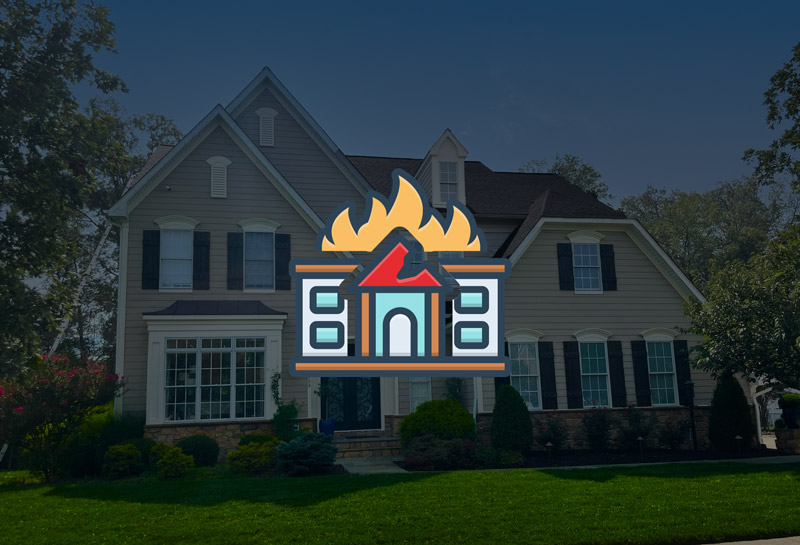
The Impact of Green Algae on Roof Longevity
Deterioration of Roofing Materials by Green Algae
Green algae can have detrimental effects on various roofing materials, including shingles, tiles, and metal roofs. When algae colonize the roof’s surface, they create a layer that holds moisture, accelerating the deterioration process. This prolonged exposure to moisture can cause shingles to decay, lose granules, and become weak and brittle. Tiles can become dislodged or cracked, and metal roofs may experience corrosion or rusting.
Consequences of Ignoring or Neglecting Algae Growth
Ignoring or neglecting green algae growth on your roof can lead to a range of problems, both aesthetically and structurally. Aesthetically, the presence of green algae stains can significantly diminish the visual appeal of your home, making it appear unkempt and potentially lowering its value. These stains can be particularly visible on lighter-colored roofs, contrasting with the surrounding clean areas.
Structural Consequences of Algae Growth
Beyond aesthetics, the structural integrity of your roof can be compromised if algae growth is left unchecked. Over time, the moisture retained by the algae can seep into the underlying roofing materials, leading to rotting, warping, and potential leaks. This can result in expensive repairs or even the need for a roof replacement.
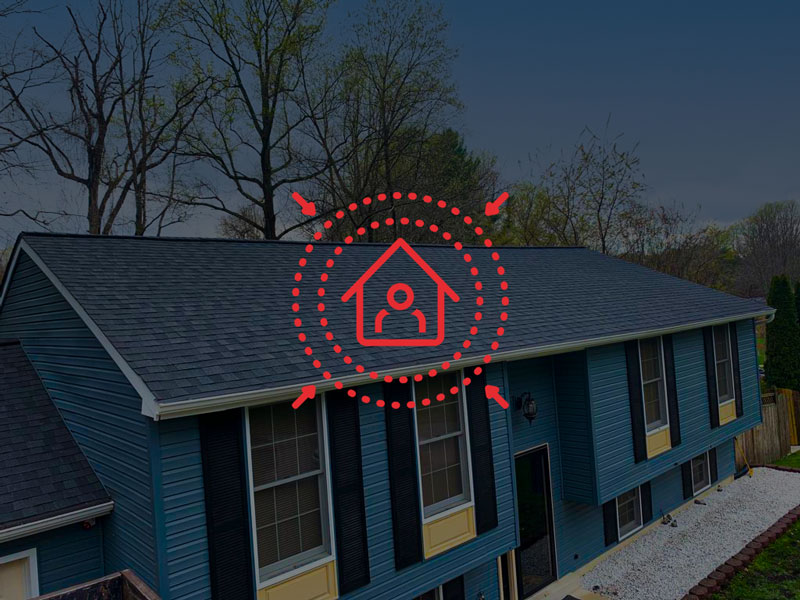
Preventing Green Algae Growth
Proactive Measures for Preventing Green Algae Growth
Preventing green algae growth on your roof involves implementing proactive measures to create an environment less conducive to its development. By taking preventive actions, you can minimize the risk of algae infestation and preserve the integrity of your roof.
Importance of Proper Roof Maintenance
Proper roof maintenance is crucial in preventing green algae growth. Regular cleaning and inspection play a significant role in maintaining a clean and healthy roof. Clearing debris, such as leaves or branches, from the roof surface can prevent moisture buildup and create unfavorable conditions for algae to thrive.
Regular Cleaning and Inspection
Regularly cleaning your roof can remove organic matter that serves as a food source for algae. Use a gentle cleaning solution specifically designed for roofs, and avoid using high-pressure washers that can damage roofing materials. Inspecting the roof for any signs of algae growth or damage allows for early detection and timely intervention.
Practical Tips for Minimizing Algae Risk
Implementing practical tips can help homeowners minimize the risk of algae growth on their roofs. First, consider trimming overhanging branches that cast shade on the roof, as sunlight inhibits algae growth. Improving ventilation in the attic can reduce moisture levels, as excess humidity can contribute to algae formation. Additionally, ensuring proper gutter maintenance and drainage helps prevent water accumulation on the roof.
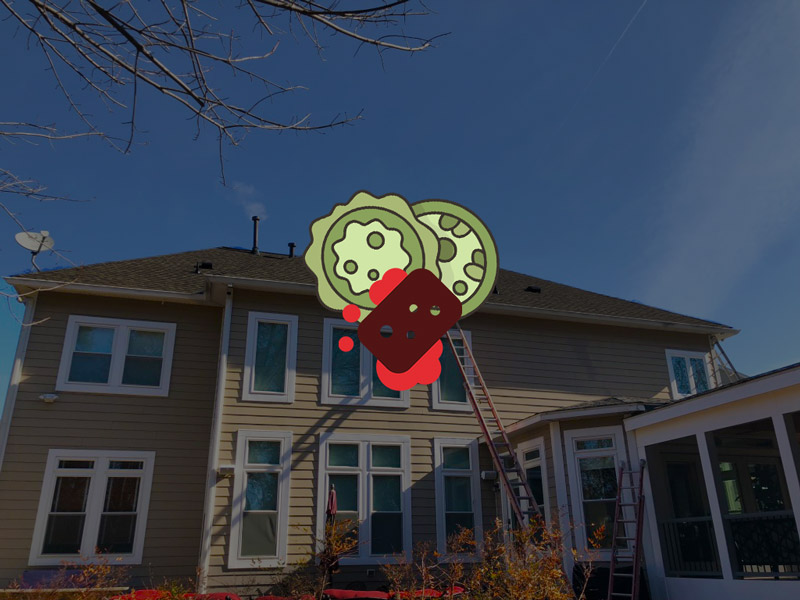
Cleaning and Removing Green Algae from Roofs
Methods and Techniques for Cleaning Algae-Infested Roofs
Cleaning algae-infested roofs requires effective methods and techniques to safely and efficiently remove the green algae growth. There are several approaches homeowners can consider, including chemical treatments, pressure washing, and eco-friendly solutions.
DIY Cleaning vs. Professional Services
When it comes to cleaning green algae from roofs, homeowners can choose between DIY cleaning or hiring professional services. Each option has its advantages and considerations. DIY cleaning can be cost-effective and convenient for those who prefer a hands-on approach. However, professional services offer expertise, specialized equipment, and the assurance of a thorough and professional job.
Step-by-Step Instructions for DIY Cleaning
If you decide to clean the green algae from your roof on your own, it is important to follow proper procedures and safety precautions. Here is a step-by-step guide:
- Assess the Roof: Inspect the roof for the extent of algae growth and identify any damaged areas that may require repair.
- Gather Supplies: Gather the necessary supplies, including a soft-bristle brush or broom, a garden hose with a spray nozzle, a cleaning solution suitable for roofs (avoid harsh chemicals that can damage roofing materials), safety goggles, gloves, and appropriate footwear.
- Pre-Clean: Before applying the cleaning solution, remove loose debris and leaves from the roof surface using the brush or broom.
- Apply Cleaning Solution: Following the manufacturer’s instructions, apply the roof cleaning solution to the affected areas. Use the soft-bristle brush or broom to gently scrub the algae-infested spots.
- Rinse: After allowing the cleaning solution to dwell for the recommended time, rinse the roof thoroughly using a garden hose with a spray nozzle. Ensure that the water flows downward to avoid forcing water under the shingles.
- Safety Precautions: During the cleaning process, prioritize safety by wearing goggles to protect your eyes from debris, gloves to shield your hands, and appropriate footwear to maintain stability on the roof.
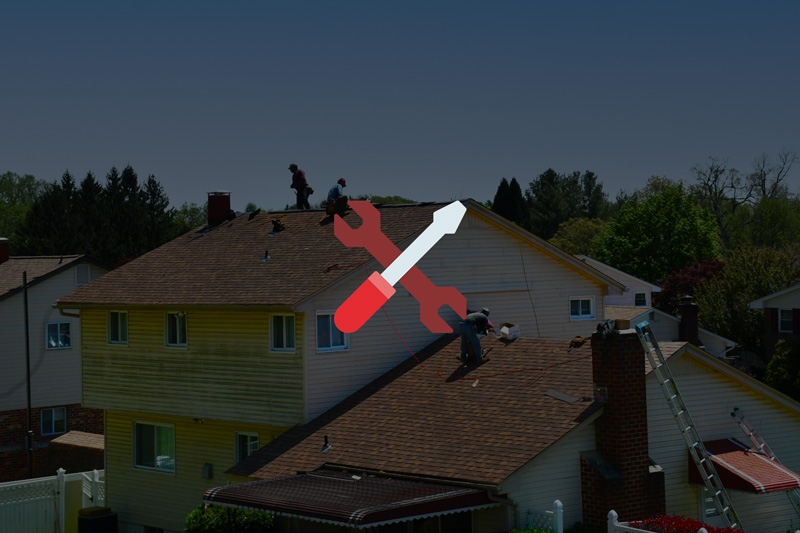
Maintaining a Healthy Roof to Prevent Algae Return
Importance of Ongoing Roof Maintenance
Maintaining a clean and healthy roof is crucial in preventing the return of green algae growth. Regular roof maintenance helps to identify and address potential issues early on, ensuring the longevity and durability of the roof. By investing time and effort into ongoing roof maintenance, homeowners can minimize the risk of algae recurrence and other roof-related problems.
Strategies to Prevent Algae Return
To prevent the return of green algae on a clean roof, homeowners can implement several effective strategies:
- Ensure Proper Roof Ventilation: Adequate roof ventilation plays a key role in reducing moisture buildup, which is a primary factor contributing to algae growth. Proper ventilation allows for the circulation of air, preventing excess humidity and promoting a drier roof environment.
- Trim Overhanging Branches: Tree branches that overhang the roof can create shade and trap moisture, providing an ideal environment for algae to thrive. Regularly trim branches to minimize shade and reduce the accumulation of debris on the roof.
- Clean Gutters and Downspouts: Clogged gutters and downspouts can lead to water backup, which can contribute to roof moisture and algae growth. Regularly clean and maintain gutters to ensure proper water flow and prevent water from pooling on the roof.
Recommendations for Long-Term Roof Care
In addition to preventative measures, long-term roof care is essential in maintaining a healthy and algae-resistant roof. Consider the following recommendations:
- Regular Roof Inspections: Schedule regular roof inspections, ideally twice a year, to identify any signs of damage, leaks, or potential algae growth. Addressing issues promptly can prevent them from escalating and causing further damage.
- Prompt Repairs: If any damage or leaks are detected during inspections or otherwise, it is crucial to promptly address and repair them. Timely repairs help maintain the integrity of the roof and minimize the risk of algae growth and other related problems.
- Protective Roof Coatings: Applying a protective roof coating can provide an additional layer of defense against algae growth. These coatings are designed to inhibit the growth of algae and protect the roof from environmental factors. Consult with a roofing professional to determine the most suitable coating for your specific roof type.
View More Articles
Please Share!











